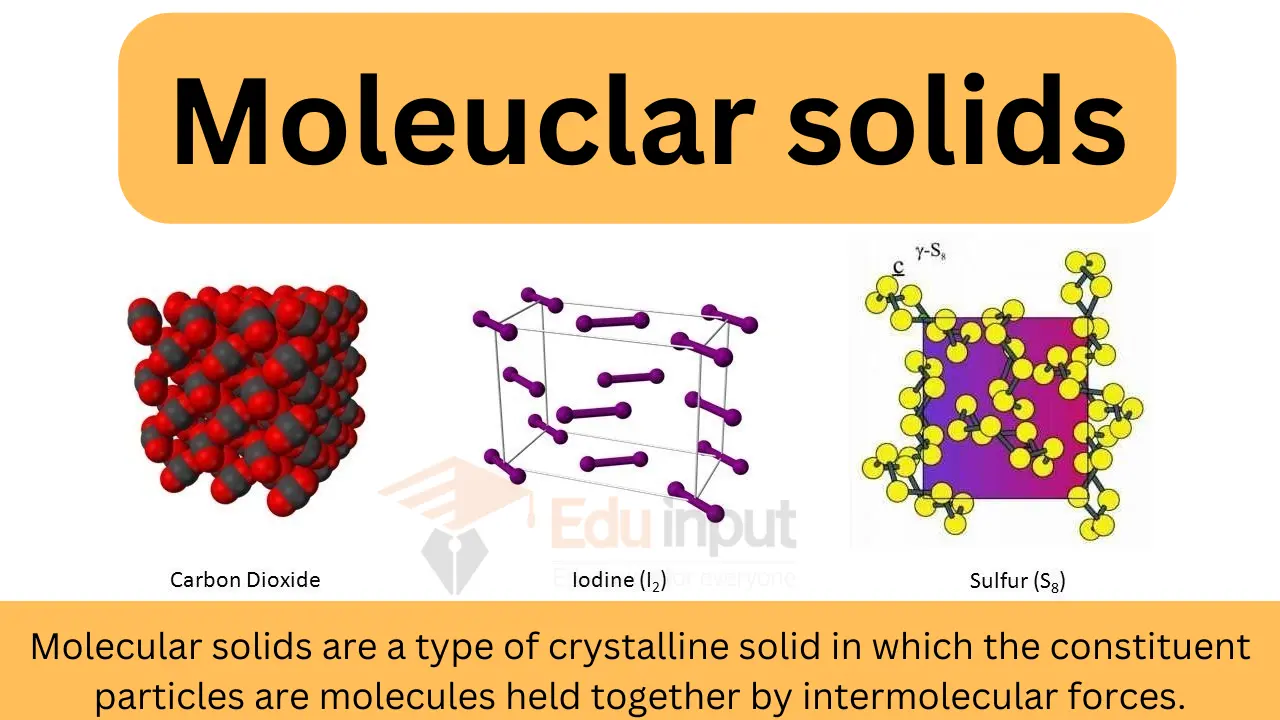Unit cell-Definition, types and shapes
What is a Unit Cell?
The smallest repeating unit of the crystal lattice is the unit cell, the building block of a crystal.
unit cell definition
Imagine building a crystal, like a shiny diamond or a piece of salt. The smallest building block of this crystal is called a ‘unit cell’. It’s like the one Lego piece that repeats repeatedly to create the entire structure.
Unit cells, characterized by their identical nature, are systematically arranged to occupy space without any overlap. The 3D organization of atoms, molecules, or ions within a crystal is termed a crystal lattice, consisting of a multitude of unit cells. Each lattice point is occupied by one of the three constituent particles.
There are three types of unit cells: primitive cubic, body-centered cubic (BCC), and face-centered cubic (FCC). In the upcoming sections, we will delve into a detailed exploration of these three unit cell types.
Types of Unit Cells
Not all crystals are built the same way. They have different types of unit cells, like different kinds of Lego blocks. Let’s explore some of the most common types of unit cell:
1. Primitive Cubic Unit Cell
Think of the simplest cube you can draw. This is the primitive cubic unit cell. It has points at each of its corners, and that’s it. You get a crystal if you put lots of these cubes next to each other!

2. Body-Centred Cubic Unit Cell
Now, take the same cube but add one more point right in the center. This is the body-centered cubic unit cell. It’s like a treasure box with a jewel in the middle. This structure makes the crystal stronger and denser.

3. Face-Centred Cubic Unit Cell
Imagine a cube again, but this time, put a point in the middle of each face of the cube, along with the corner points. It’s like a dice that has a dot in the center of each side. This is the face-centered cubic unit cell, and it’s efficient at filling up space in a crystal.

Volume of HCP Unit Cell
‘HCP’ stands for Hexagonal Close-Packed. This unit cell is a bit different – it’s shaped like a honeycomb. Calculating its volume is a bit tricky, but it’s important because it tells us how much space this unit cell occupies in a crystal. The HCP structure is very efficient and tightly packed, which is why it’s found in many metals.
Why Does Understanding Unit Cell Matter?
Understanding unit cells is like understanding the alphabet for crystals. As you need to know your ABCs to read and write, knowing about unit cells helps scientists and engineers understand and create new materials. From the screens of our smartphones to the metals in bridges, unit cells are at the heart of many things we use daily.
Conclusion
Unit cells may seem small and simple, but they are incredibly important in the world of materials science. By learning about different types of unit cells, you’re taking a big step into understanding how the amazing world of crystals and materials is built from the ground up. So next time you see a crystal or a piece of metal, remember – it’s all about those tiny unit cells working together to create something bigger!







Leave a Reply